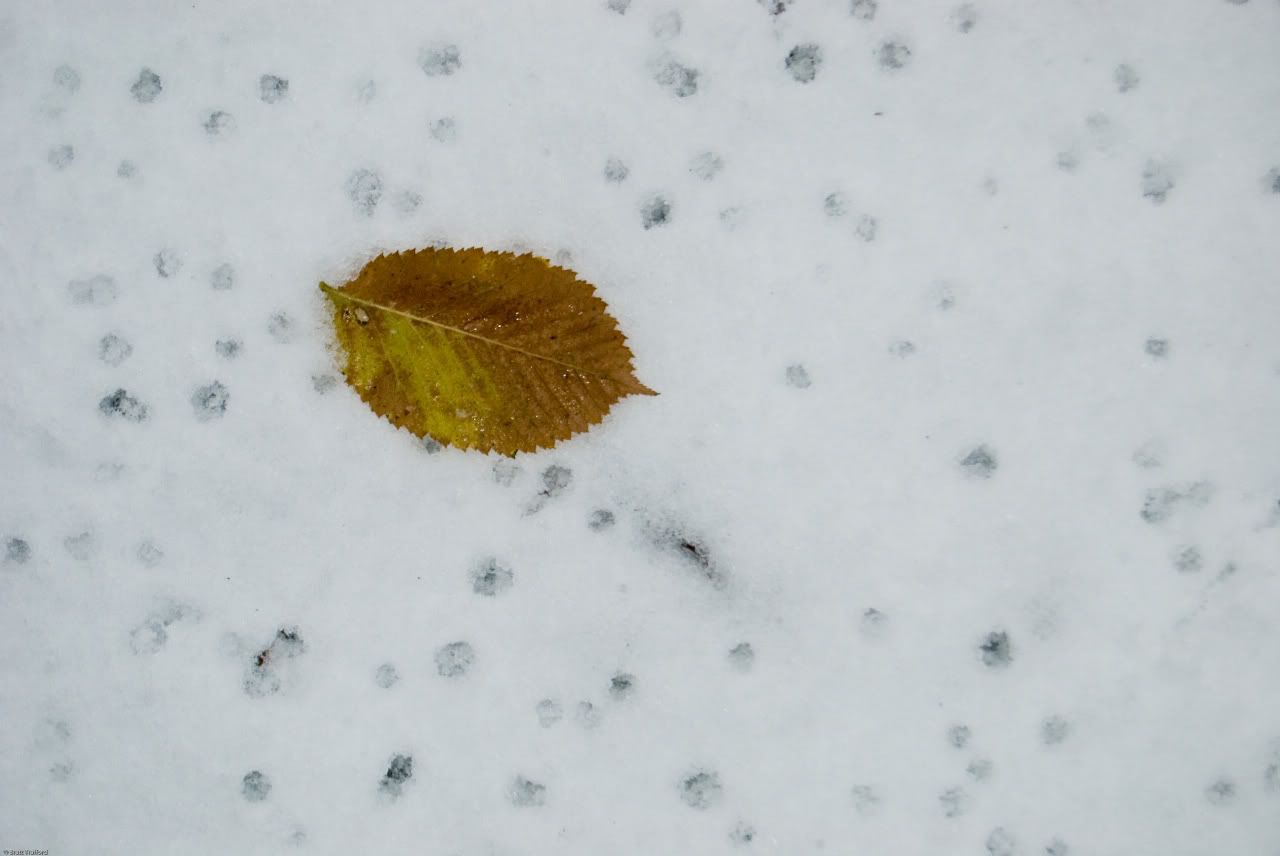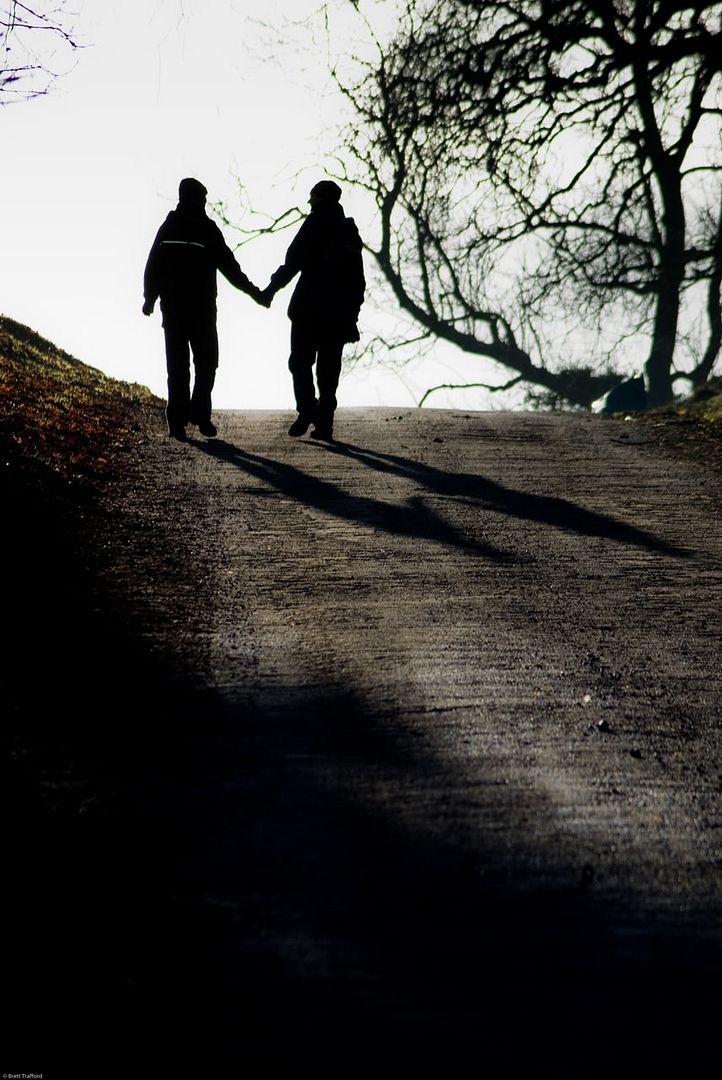Your eye is a fantastic optical device, far better than any lens; it’s backed up by your brain, the most powerful computer on the planet. Working in combination they provide a unique window on the world, but a window that is molded by your interest in the subject in view. On the other hand your camera sees the scenes as light bouncing off objects, it gives no priority to any particular item in view, which means that the photograph has an objectivity all of its own. This is why when you see your photos they don’t match your memory of the event and why what looked like a great photo of your partner, now looks like there’s a tree growing out of their head.
This difference is one of the reasons why photography is so challenging as it makes you look at the world in totally different way, you will often hear it being referred to as “having a good eye for a photo”. Learning the basics of composition is the first step in developing this eye and the first compositional trick is the rule of thirds.

“The rule states that an image should be imagined as divided into nine equal parts by two equally-spaced horizontal lines and two equally-spaced vertical lines; and that important compositional elements (the leaf above) should be placed along these lines or their intersections (i call these hot spots)”
Once you start looking for this rule in use, you will see it every where, from films to TV, post cards to paintings. It’s the universal trick to making an image work, but why do you need to. Well as we have seen the camera does not give priority to any part of the image, so by putting the item that you deem important on a spot that will attract the most attention, you then start to replicate how your eye saw the image, making the finished photo a projection of what was in your mind when you took it.

In this shot the smallest item, the snowball, takes the attention as it sits on the junction of 2 dividing lines, with out this placement it would be lost as would the meaning of the picture. In real life, regardless of where it was, the snowball had my full attention.

The hot spot here is around where the hands join, here it just helps to reinforce the image.

With this image both the top of the paw and the cats face fall on hot spots, using the limited depth of focus helps highlight which hot spot is the important one






